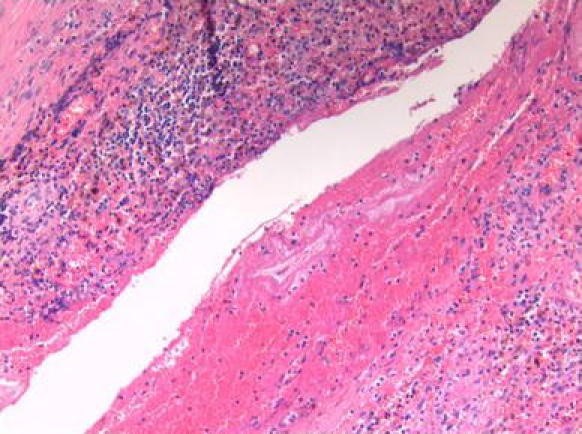Projects
Tackling Crohn’s Disease
This project will compare the immune cells in healthy tissue with those affected by ulcerative colitis and Crohn’s disease. In so doing, we aim to discover new targets for therapy. Our studies will initially focus on those immune cells most likely to play a role in regulating immune tolerance including mononuclear phagocytes (dendritic cells and macrophages), innate lymphoid cells, B and T lymphocytes and MAIT cells. To interrogate these immune cells, we will use a range of cutting edge technologies including multi-parameter flow and mass cytometry, immunofluorescence microscopy and ‘Hyperion’. Ultimately, understanding how the immune composition differs in diseased tissues will provide clues about the mechanism underlying these diseases and pave the way for therapeutic strategies to treat or cure ulcerative colitis and Crohn’s disease.
Pathophysiology of perianal abscesses and fistulas

Perianal abscesses and fistulas are considered two phases of the same disease. It is currently incompletely understood which immune cells will drive this process. Hence, understanding the repertoire of immune cells in this part of the bowel will provide insight and opportunities for new diagnostic or therapeutic interventions. Associate Professor Andrew Harman’s team has extensive experience using fluorescence microscopy to identify immune cell subsets in situ. We will us the Hyperion, Imaging Mass Cytometer, to determine the density and localisation of different types of immune cells in healthy control specimens, and then compare this to tissue from patients with perianal fistulas.
Group members
- Dr Martijn Gosselink
- Heeva Baharlou
- Associate Professor Andrew Harman
- Dr Grahmane Ctercteko